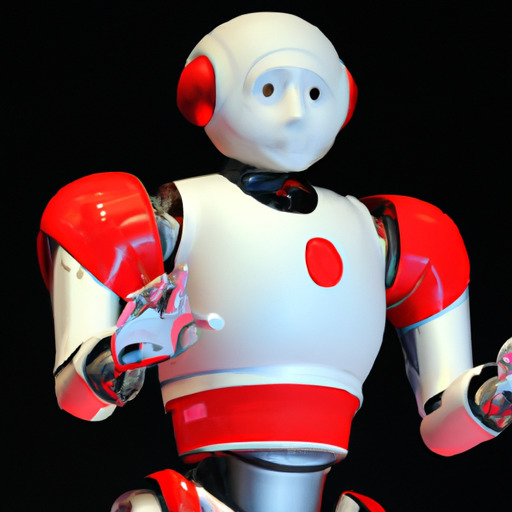In recent years, there has been a growing fascination with the idea of humanoid robots in space. These advanced machines, with their human-like appearance and abilities, have captured the imagination of science fiction enthusiasts and space technology developers alike. But what exactly are humanoid robots, and what role do they play in the exploration of outer space? In this blog post, we will dive into the world of humanoid robots, their capabilities, and their potential impact on space exploration.
First, let’s define what exactly a humanoid robot is. Unlike traditional robots that have a more mechanical appearance, humanoid robots are designed to bear a resemblance to humans. They have a head, torso, arms, and legs, and can move and interact in a way that mimics human movements. These robots are equipped with advanced sensors, processors, and artificial intelligence (AI) software, making them capable of learning and adapting to their surroundings.
One of the main reasons for developing humanoid robots is their potential use in space exploration. Sending humans to space is a risky and costly endeavor, but with humanoid robots, we can achieve much of the same capabilities without risking human lives. These robots can withstand extreme environments, such as the vacuum of space, and are not limited by the same physical limitations and needs as humans. They can be ideal for tasks such as repairs, maintenance, and even construction in outer space.
NASA has been at the forefront of developing and utilizing humanoid robots in space. In 2011, they sent Robonaut 2, a 300-pound humanoid robot, to the International Space Station (ISS). This robot has been working alongside astronauts, performing tasks such as cleaning, maintenance, and even assisting with scientific experiments. Its advanced AI software allows it to learn and adapt to different tasks, making it a valuable asset on the ISS.
Aside from assisting with tasks on the ISS, humanoid robots also have the potential to explore other planets and moons in our solar system. Without the limitations of human bodies, these robots could potentially navigate through rough terrain, collect samples, and even set up habitats for future human missions. This opens up countless opportunities for further discoveries and advancements in space exploration.
However, there are some concerns regarding humanoid robots in space. The main one being the possibility of replacing human astronauts with robots entirely. While robots may be able to withstand harsh environments, they lack the intuition, creativity, and problem-solving skills that humans possess. There is also the ethical question of whether it is right to send machines instead of humans to explore other worlds.
Despite these concerns, the use of humanoid robots in space is continually evolving and improving. With advancements in technology and AI, we can expect to see even more capable and advanced robots exploring the depths of space alongside humans. The possibilities and potential benefits of this technology are endless, making humanoid robots the next frontier in space exploration.
In conclusion, humanoid robots have proven to be valuable assets in space exploration, and their role will only continue to grow in the future. NASA and other space agencies are continually pushing the boundaries and developing new technologies to enhance these robots’ capabilities. As we continue to look towards the stars, humanoid robots will undoubtedly play a vital role in our journey to uncovering the mysteries of our universe.
